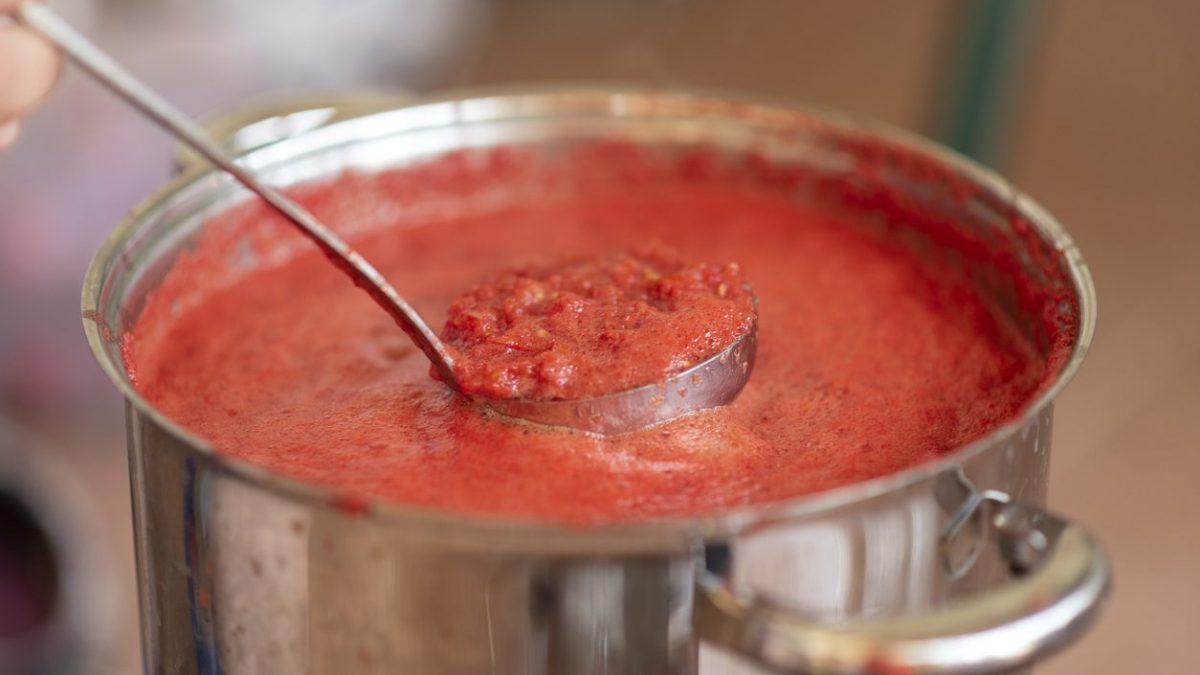
Summer is probably the season we look forward to the most — especially because it's synonymous with vacations—and for the same reason, the one we miss the most once it's over. From this perspective, cooking becomes a precious ally for bringing a little bit of summer vibes into fall and winter: just think of tomato puree, the quintessential preserve, which encapsulates in jars or bottles the aroma of the vegetable that symbolizes the Mediterranean summer months. Tomato puree, especially in Southern Italy, coincides with a true ritual: every family has its own recipe and its own ways of preparing it, there's no arguing about that. For those just starting out, however, knowing the mistakes to avoid can always be useful: below, here's what to watch out for before getting to work.
1. Tomato Varieties
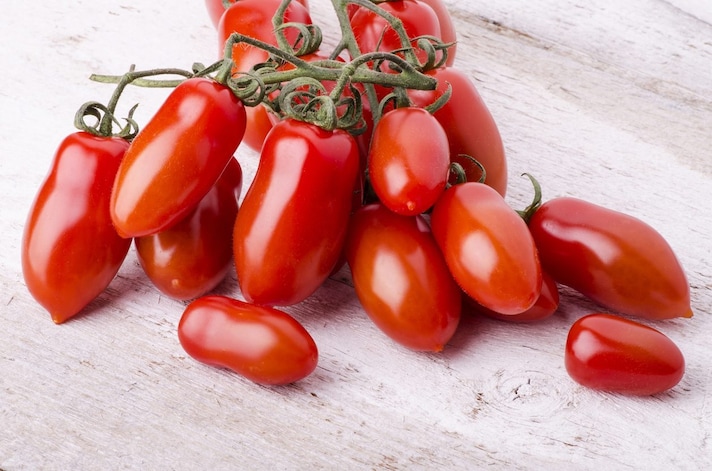
Let's start immediately with the raw ingredients: the choice of tomatoes is essential to obtaining a dense, fragrant, and flavorful result. Much like Carnaroli rice for risotto, this preparation also has its own favored variety: San Marzano, considered "the king of tomatoes," perfect for use in sauces and gravies thanks to its full-bodied flavor, firm, meaty pulp, virtually seedless, and barely watery. However, this is not the only option available: similar characteristics that make them suitable for the purpose are also found in the Roma, Ventura, Napoli, Vesuvio, Petomech, and Tondino varieties. Do you have a typical bunch of Vesuvius Piennolo tomatoes on hand? Use them, because they lend themselves perfectly.
2. The State of Chosen Tomatoes
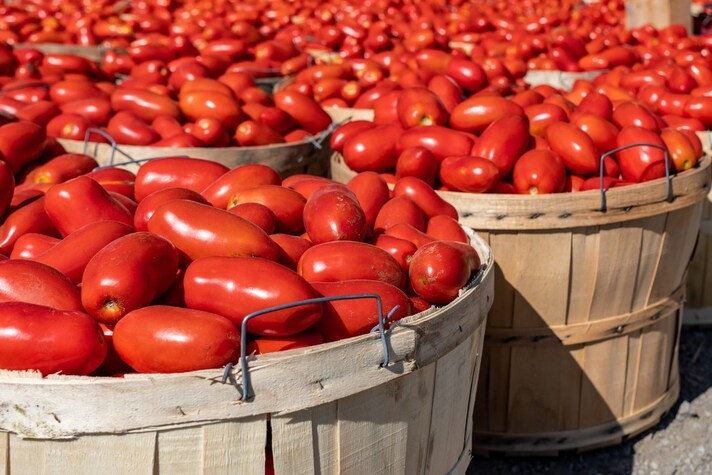
Once you've identified your favorite variety, be sure to buy (or use, if you're using tomatoes from your own garden) only the right level of ripeness: not too unripe, as they'll be flavorless and lack aroma, and not overripe, as they might lack firmness. They should be whole and firm, a nice, deep red. If there are any, remove any that are bruised or rotten, as they will ruin the sauce. Once you get them home, start within a few hours, so that the tomatoes are as fresh as possible.
3. The Preparation
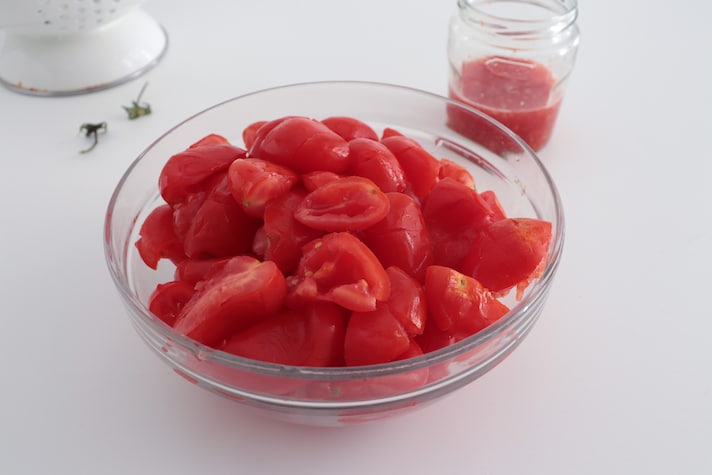
Some people wash tomatoes, then blanch them lightly and peel them; others let them drain to remove excess water, even for 30 minutes or an hour. Our advice is to simplify the process. How to proceed? Remove the stems and inedible parts from the tomatoes, wash them, and cut them in half. Simply crush them with your hands to remove most of the seeds and release the excess liquid. Then, transfer the tomatoes to the largest pot (or pots) you have with high sides to cook them.
4. Cooking
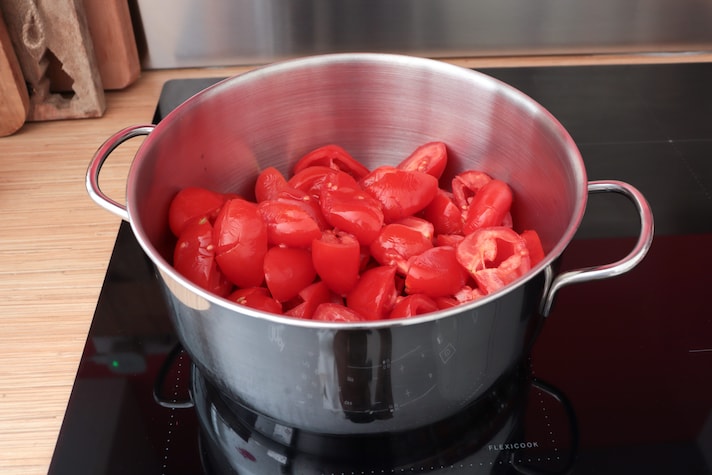
Be careful not to make mistakes at this stage: the tomatoes must soften. The best way to achieve this is to set a low, steady flame and stir frequently with a ladle, without rushing, checking the consistency: when they crumble and the skin comes off easily, they are ready. You must not let the vegetable stick to the bottom of the pan, nor burn it, or you will notice a burning smell. Furthermore, here, schools of thought are divided, and there is no right or wrong: we cooked the tomatoes plain, but you can add sliced onion, fresh basil leaves, and a little salt for a flavorful note, as well as celery, carrots, garlic, and chili pepper. The more neutral the passata, the more versatile it will be.
5. The Passage Through The Food Mill
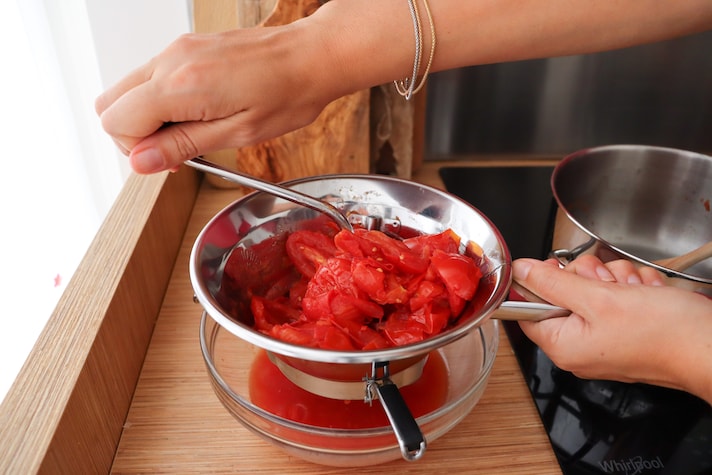
Purée isn't pure, in fact, unless it's passed through a food mill. There are various versions on the market: electric ones, those that come with food processors, or manual models, which require a little elbow grease. Add the tomatoes a few at a time and pass them through carefully, to completely remove the seeds and skin, which will remain in the mesh. If you want a smooth, silky texture, opt for a disc with fine holes, while if you like it more rustic and full-bodied, then insert the disc with coarse holes: everything will be collected in a bowl. To avoid waste, use a spatula and press the tomatoes firmly into the holes, also removing anything that remains stuck under the disc.
6. Should You Cook It a Second Time?
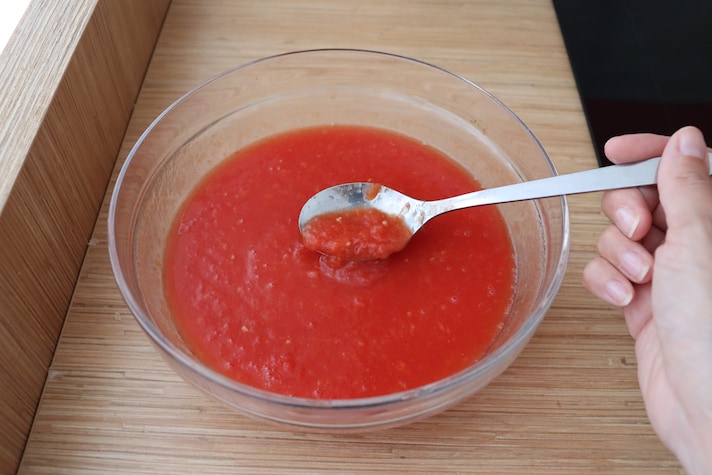
You may end up with a puree that is too liquid because the tomatoes have released a lot of water: put everything back on the heat in another pan and reduce again over low heat until the puree has thickened, so that it takes on the soft consistency of a sauce.
7. Jars and Lids
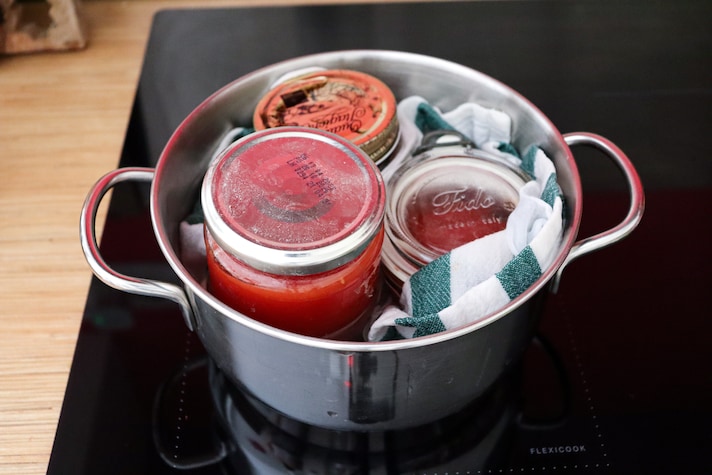
Tomato puree is a preserve in all respects, so when it's bottled, it must follow the necessary food safety rules, just like pickled vegetables, jams, and marmalades. However, being naturally acidic, it's less likely to develop botulism, but not other molds and bacteria. What does this mean? Jars or bottles must always be sanitized before use, and the lids must be new: while this is a good practice, this is not the time to recycle. The puree should be placed in clean containers without filling them to the brim (leaving a couple of centimeters empty) and without dirtying the edges: using a funnel will be easy. For optimal preservation, you must create a vacuum, making sure that pressing the center of the lid with your finger doesn't make a clicking sound.
8. Storing The Tomato Puree
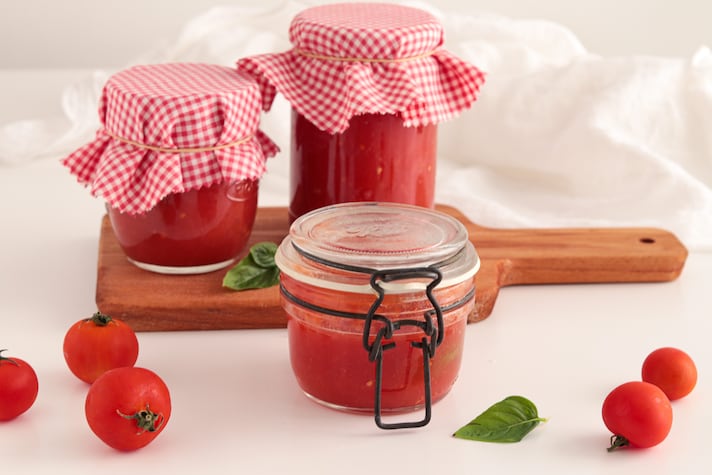
Finally, don't ruin all your hard work by storing it incorrectly. We suggest using medium-sized containers that can be easily stored in the cupboard and used in one go, without having to open them and risk having the passata sitting in the fridge, perhaps forgotten about. Make room for 700g bottles and 500g and 250g jars, to be used depending on the recipe. The ideal place is a cool, dry place, away from sources of light and heat. Don't forget to label it with the packaging date: it will be easier to calculate how long the jar has been there, since it can last up to a year.
9. Don't Rush The Process
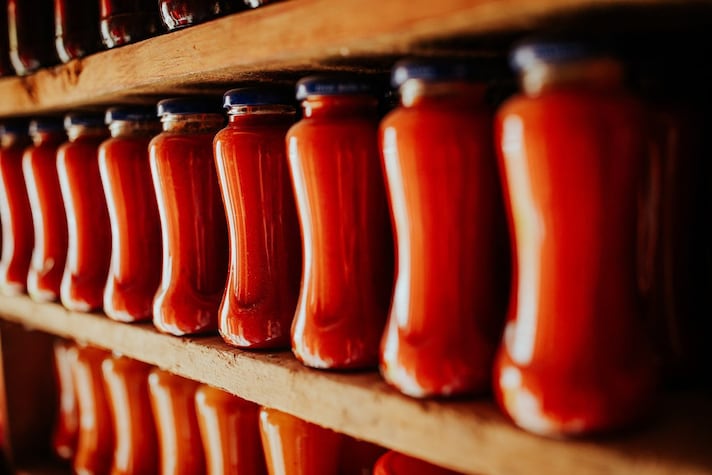
As you may have noticed, tomato puree is no quick process: the goal is to stock up on tomatoes that are still fragrant and flavorful, putting, as they say, all the goodness of summer in a jar. Generally, therefore, the resulting quantities are considerable, and there's no need to rush: for 1.5 kg of puree, you need approximately 2 kg of tomatoes. It's no coincidence that traditionally, making this preserve involves the whole family for a whole day: take the same amount of time.
;Resize,width=767;)
